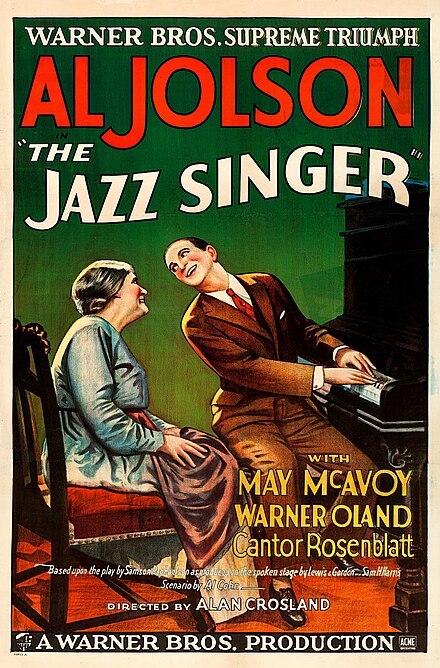During EOTO presentations, I learned about the history and impact of the motion picture. The journey of the motion picture began in 1888, when the French inventor Louis Le Prince became the first person to shoot a motion picture film. The film was titled the "Roundhay Garden Scene" and depicted people walking within the garden. The clip lasted for a short two seconds, and was silent, as sound did not develop till many years later. However, the first evidence of a "moving picture" began with a toy called the zoetrope. This device was invented during the Civil War to make use of photographs taken during wartime; the "toy," as soldiers called it, allowed viewers to see the images in succession, as if they were moving. In 1878, photographer Eadweard Muybridge captured twelve photographs of a horses' gallop and used a zoetrope to prove to a colleague that all of a horses' hooves left the ground while the animal was in a full run. After both proving a point and creating a motion picture of photographs, Muybridge went on to invent the zoogyroscope in 1879 to show a larger audience the horses' motion picture.
The next main event within motion picture's history was in 1891, when American inventor Thomas Edison combined sound with the idea of a motion picture. Edison, working alongside inventor W. K. L. Dickson, created a machine called the Kinetophone. This device allowed viewers to experience sound while watching a film by viewing the motion picture while placing rubber tubes over their ears and listening to the accompanying sounds through a phonograph, almost as if they were using the 19th century version of headphones. In 1913, a newer version of the Kinetophone was marketed to the general public, and ended up producing 19 talking pictures. The presenter mentioned that one of the negative side effects of this piece of technology was that the motion picture with sound was only viewable by one person at a time, as illustrated in the picture below. As technology progressed throughout later years, brilliant minds devised ways for motion pictures to be viewed by the general public, while accompanied by sound.
 |
| The Lumière's Cinématographe |
white, the film was created using a sound and disc system under Warner Bros. Pictures. The movie was about an hour and 20 minutes long, including both dialogue and musical numbers, and a detailed plot line. This production marked the era of the rising popularity of the film entertainment industry. Through the 1920s, nearly 100 million people purchased tickets to see movies, on a weekly basis. Ticket prices remained affordable, so almost all economic classes were in attendance. Movies were, and are, arguably the most popular form of entertainment in our media industry.





No comments:
Post a Comment